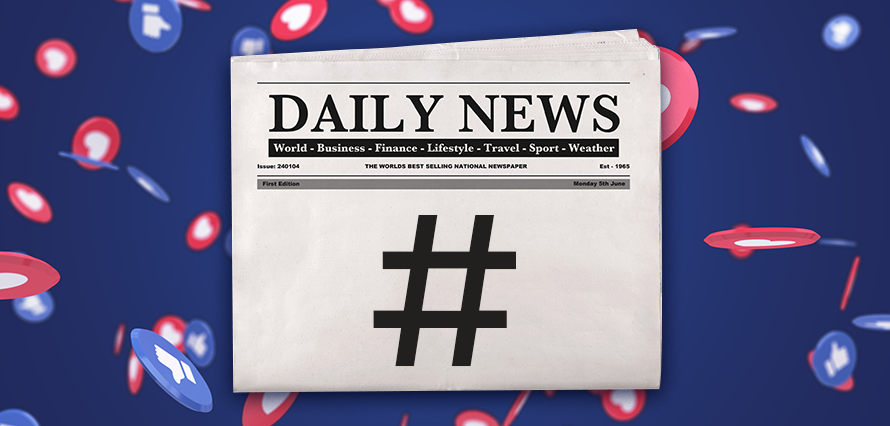November 9, 2017
 It seems like new features are being added to social media platforms every day. People are spending more time on their mobile devices like phones and laptops, on social media, and less time reading the daily paper or watching the TV. Traditional news platforms are becoming less popular, and news is now very easily accessible on social media.
It seems like new features are being added to social media platforms every day. People are spending more time on their mobile devices like phones and laptops, on social media, and less time reading the daily paper or watching the TV. Traditional news platforms are becoming less popular, and news is now very easily accessible on social media.
On social, everything spreads like wildfire. If someone trips over on live TV, it’ll be on YouTube within minutes and links will fly around on Facebook and Twitter. Cue hundreds of memes and potentially a trending topic…
News is exactly the same. We hear a lot about fake news on social, but we’re talking real news. Global affairs, politics, extreme weather. Subbing to news pages on social media is a quick and easy way to stay updated about the important things happening around the globe or in your country, county or even town. Or even stay updated about the not-so-important things for that matter. It’s all news; people want to read it, they want to share it and they want to have their say.
Trending lists on Facebook and Twitter are quick ways for users to glance over the most-talked-about topics, including new stories. They can browse, pick up on keywords and click to see stories that interest them.
Recent research about US adults by Pew shows that 26% get news from 2 or more social media sites, an increase on the 18% from last year. A whopping 45% use Facebook to receive news and of those, half of them only get news from Facebook.
It was reported last year that social media has overtaken TV as a source of news for young people. Of the 18-to-24-year-olds surveyed, 28% cited social media as their main news source, compared with 24% for TV. And 44% of surveyed people use Facebook as source of news.
In a survey by YouGov earlier this year, they found that 54% use social media as a source of news. Interestingly, many still remain sceptical. Fake news is a big issue on social media and only 24% think that social media can separate real and fake news. People in the UK are half as likely to trust social media than news media.
So what does this mean for brands?
Speed. Brands have to react quickly to news on social media if they want their consumers to engage. If a brand shares a story that’s close to their image and story, their engagement could be a lot stronger. The faster they start, share or engage in a conversation, the quicker their customers will join in.
Keeping it real. Brands must be careful of sharing news stories, in case they aren’t factually correct. Consumers may not trust brands that are appearing to respond to and even share fake news.
Traditional business models are changing, for news outlets and brands. News outlets need to monetise the content going out on their social accounts and websites. In order to stay current, brands need to prioritise efficiency: starting conversations, sharing content and engaging with the news and their audiences. What’s the best way to go about this? A social media marketing campaign.